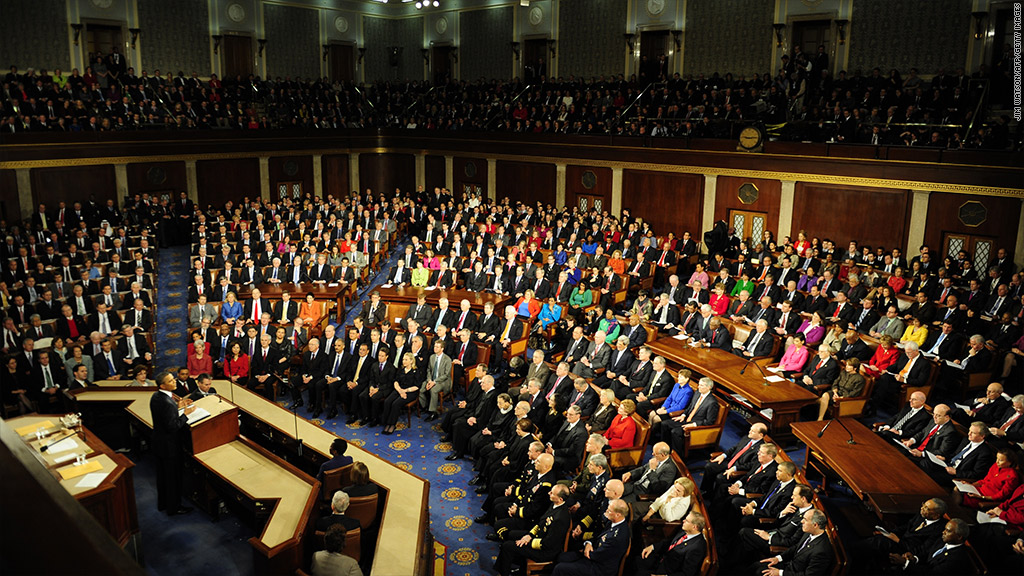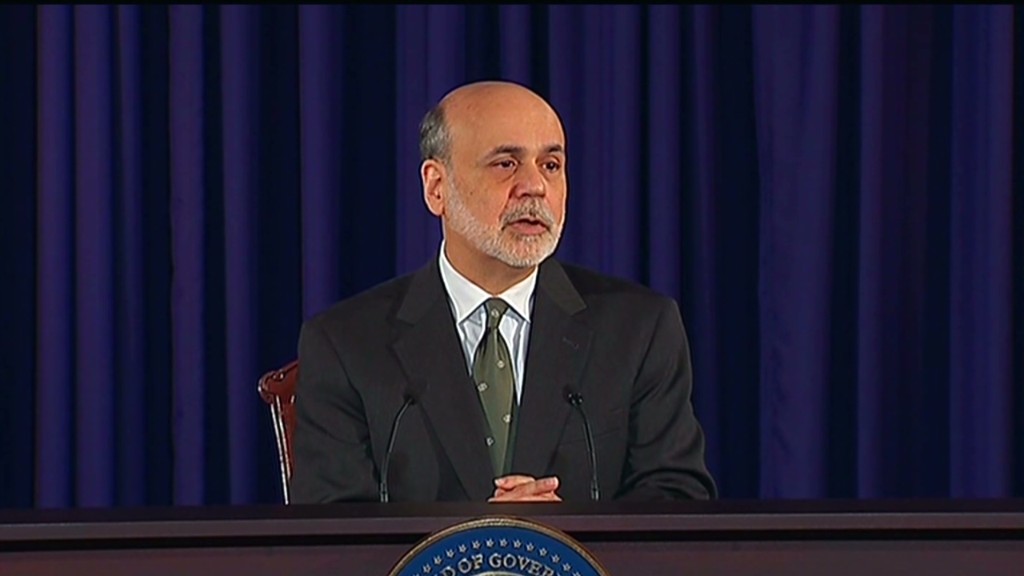
It really just shouldn't be this hard.
It's the 11th hour and Washington is still trying to figure out how to avert the fiscal cliff.
Democrats blame the Republicans; Republicans blame the Democrats. President Obama gives speeches on the hustings. House Speaker Boehner holds press conferences. Interest groups launch ad campaigns with one of two messages: "Don't you dare raise taxes!" or " Don't you dare cut Medicare and Social Security!"
All with T-minus two-and-a-half weeks before $7 trillion in tax increases and spending cuts start to take effect.
Of course, none of what's happening is surprising.
Related: The real debt problem
The fiscal cliff is a Washington-made mess that is rooted in a broader dysfunction over fiscal policy.
The biggest parts of the fiscal cliff are roughly $400 billion in tax increases.
Why are taxes going up? Primarily because more than a decade's worth of "temporary" tax cuts and one-year tax "fixes" are expiring. These are measures that lawmakers passed, then renewed time and again.
No one really believed the tax cuts were temporary. But by categorizing them as such, lawmakers made them look less expensive and easier to pay for.
And Congress was also able to put off, year after year, the tough fiscal choices they need to make about tax policy -- such as whether a tax cut is still useful or just a revenue giveaway?

Another key part of the fiscal cliff is the so-called sequester, which will set off nearly $1 trillion worth of blunt, broad spending cuts.
The sequester is the direct result of Congress attempting to get itself out of an earlier self-made crisis -- raising the debt ceiling in 2011 to avoid defaulting on U.S. debt.
In the name of fiscal responsibility, some Republican lawmakers publicly toyed with the idea of letting the country default on its debt unless Congress agreed to spending cuts that matched in magnitude any increase in the debt ceiling.
Everyone who voted for the sequester knew it would be damaging. Indeed, it was intended to be distasteful to Republicans and Democrats alike. The idea was to force the two sides to come up with a better way to reduce deficits before the sequester actually took effect.
Obviously, that plan hasn't worked yet.
What's more, the sequester wasn't set up to actually address the long-term drivers of the debt -- especially government health care spending.
After last year's debt ceiling deal passed, Bob Bixby, executive director of the Concord Coalition, a nonpartisan deficit watchdog group put it this way: "No one should pretend that they have solved anything other than an artificial political crisis."
It remains to be seen whether the same biting criticism will apply to whatever fiscal cliff deal Congress and the White House agree to.


